 |
Photoshop Basics |
1.50 |
This course covers the basics of Photoshop and the features you can use. |
 |
Planificación de Carrera y Salario (Spanish) Career Planning and Salary |
1.00 |
En este curso, aprenderemos consejos sobre cómo descubrir sus necesidades profesionales, explorar diferentes opciones profesionales, investigar salarios, adquirir habilidades laborales esenciales y cómo planificar su carrera.
In this course, we'll learn tips on how to discover your career needs, explore different career options, research salaries, gain essential job skills, and how to plan your career. |
 |
Planning and Implementing Everyday Physical Activities (CDA 2) |
2.00 |
This course recognizes that physical activity is just as crucial to young children's development as healthy eating habits. Discover how to introduce movement with engaging, inclusive activities that benefit all, featuring clear instructions and smooth transitions. Explore the joy of outdoor play and activities that foster participation regardless of ability. |
 |
Planning for and Implementing Transitions (CDA 5) |
2.00 |
Most early childhood professionals say transitions are especially difficult times for young children. This course focuses on helping children as they move from one activity to another throughout the day. In this course, participants will: Analyze transition times during the day to determine where improvements need to be made; and Identify four tools to use to improve daily transition times with children. This course is designed to be part of a Child Development Associate (CDA) Credential™ curriculum. It covers CDA Subject Area 5: Strategies to Manage Effective Program Operation and may also be taken as a stand-alone learning event, or as part of a broader early childhood education curriculum. |
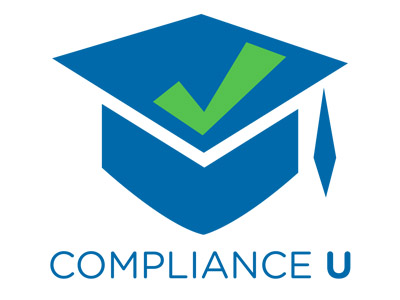 |
Planning for Emergencies |
0.50 |
The Preparing for Emergencies: Strategies for Small Business course is designed to help participants identify a learning goal and expectation for their own business. Throughout this course, participants will assess their own business readiness plans for emergencies, learn about the four steps in the emergency planning process, and learn about emergency management considerations.
|
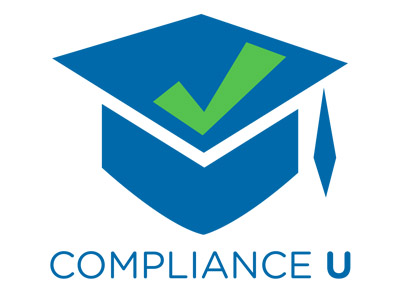 |
Planning for Emergencies (Corrections) |
0.50 |
The Preparing for Emergencies: Strategies for Small Business course is designed to help participants identify a learning goal and expectation for their own business. Throughout this course, participants will assess their own business readiness plans for emergencies, learn about the four steps in the emergency planning process, and learn about emergency management considerations.
|
 |
Plant Conservation |
2.50 |
The goal of this course is to lead the fight against extinction by taking a leadership role and collaborating with others to save species from extinction using science-based techniques and fostering collaboration and cooperation. |
 |
PMP® Certification: Passing the 2021 Exam |
40.00 |
PMP® Certification: Passing the 2021 Exam provides the basic knowledge needed to learn the concepts and skills necessary to pass the 2021 Project Management Professional (PMP) exam administered by the Project Management Institute (PMI). It is intended to be used alongside the PMBOK® Guide, Sixth Edition, which is useful as an ancillary reference and glossary.
The new release of this course (R2.0) includes a new chapter on agile approaches to, and tools for, the project life cycle. These methods address projects that require an adaptive project environment, iterative activities, and changing requirements. The standard example of adaptive project needs is that of software development and revision; however, agile methods are used today in many different project environments, from architecture to medical equipment and services. The new chapter (Managing projects with agility) was inserted at the end of the book. There were no other changes to the rest of the content, including the Exam Prep add-on.
This course assumes that you have project management and other educational experience, as required by PMI, in order to take the exam. In addition, it’s expected either that you have already applied to take the exam, or that you plan to do so while taking this course or shortly thereafter; this course contains instructions for doing so. |
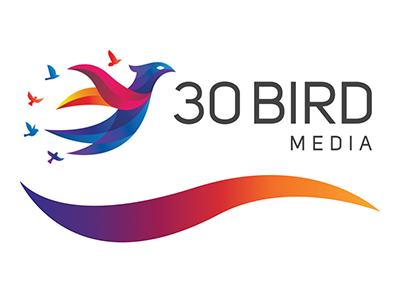 |
PMP® Certification: Passing the 2021 Exam - Exam Prep |
1.00 |
Exam Prep to accompany 30 Bird's PMP® Certification: Passing the 2021 Exam course. |
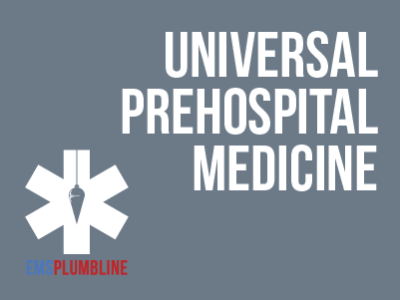 |
Pneumothorax and Hemothorax for EMTs |
1.00 |
Paramedic Instructor Peter Bonadonna discusses some of the most life threatening chest injures. |
 |
Polar Bears |
1.00 |
This course will provide an introduction to polar bears, including an overview of physical characteristics, habitat, behavior, reproduction and the conservation efforts dedicated to protecting this species. |
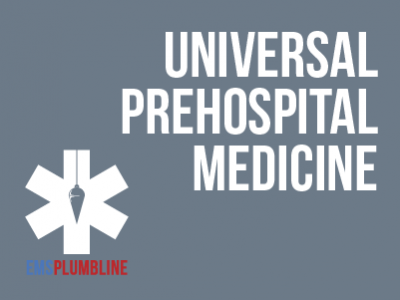 |
Popular Tourniquets |
1.00 |
Prehospital trauma care has not seen many changes that rival the advent of tourniquets. There is a lot of material that is nice to know. This lesson is a brief review of what we believe medics need to know. Successful completion of this lesson will set the stage for higher-level conversations. More importantly, we hope that you will be encouraged to practice applying the tourniquets until you have obtained true proficiency. Final Exam: This multiple-choice exam is designed to test your knowledge of the material you just reviewed. You have two attempts to gain an 80% or higher on this exam. Please take your time and answer each question carefully.
|
 |
Positive Behavior Interventions and Supports (PBIS) |
1.00 |
This course covers Positive Behavior Interventions and Supports (PBIS) as a school-wide initiative. It explains the philosophy behind using PBIS, the levels of support at three different tiers, and how PBIS may be implemented in schools. This course will offer insight into how PBIS can create positive outcomes in school. It is just one of the many K-12 paraprofessional and teacher courses we offer. |
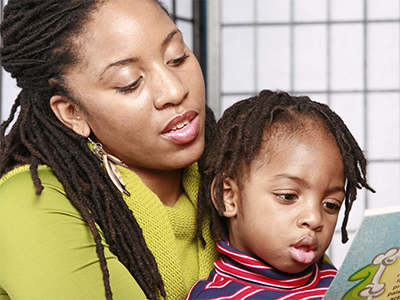 |
Positive Guidance Toward Problem-Solving (CDA 3) |
2.00 |
Early interactions in infancy and toddlerhood often involve exploring boundaries through behaviors like grabbing toys, pulling hair, or biting. This course delves into the reasons behind these behaviors and equips professionals with positive guidance strategies to help children learn conflict resolution without resorting to harm. Through self-assessment tools, you can evaluate your current practices and identify areas for improvement, ultimately enhancing the quality of care for infants and toddlers in your setting. |
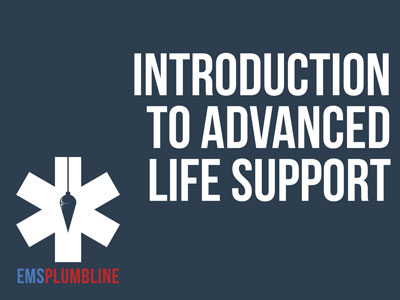 |
Post Intubation Management |
1.00 |
The NYS Collaborative Protocol: (2-34) General: Post Intubation Management permits the insertion of placement of an orogastric (OG) tube, if equipped and regionally approved. This lesson is designed to assist with that training. Experienced EMS Educator, Paramedic Jason Haag, sits down with the distinguished and seasoned Medical Director from the Finger Lakes Region, Jack Davidoff, MD. Their instruction is the perfect support module for what you and your team can do to assure psycho-motor skills in a classroom. |
 |
Power and Pride: The Origins of Pride Month |
1.00 |
Decades of oppression of the LGBTQ+ community, cultural shifts in the 1960s, and good troublemaking led to that fateful night at Stonewall. You’ll learn how the events on June 28 became a catalyst for change and a symbol for LGBTQ+ rights that evolved into today’s Pride festivals and marches. This course explores the key events and personalities in the United States that ultimately shaped a global movement. |
 |
PPE Care and Maintenance |
1.00 |
This course describes the required care and maintenance necessary to keep your personal protective equipment in service and able to afford you the highest level of protection. The objective is to promote competency in personal protective equipment inspection procedures based on NFPA 1851 standards. Students should also familiarize themselves with agency guidelines, policies, procedures, and best practices for documenting and reporting concerns with issued personal protective equipment. |
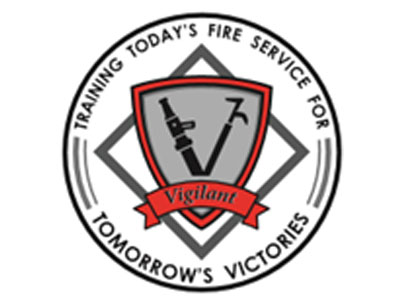 |
PPE Care and Maintenance #1931 (Instructor Guide) |
1.00 |
This training session is a PowerPoint presentation and skill demonstration. The presentation is an instructor lead discussion that reviews the importance of proper use and care of personal protective equipment for structural firefighting. The lesson reviews NFPA standards for structural firefighting PPE; 1971 and 1851. The lesson discusses the importance of proper care of the gear including selection, inspection, and storage. The procedure for inspection and cleaning of the PPE is reviewed including washing, drying, and repairing. The inspection procedure is demonstrated by the instructor and performed by the student. The student is able to describe how to conduct routine maintenance and care of PPE by the end of the lesson. |
 |
Prácticas de seguridad alimentaria (CDA 1) (Spanish) Food Safety Practices (CDA 1) |
2.00 |
Proteger las mentes y los cuerpos de los jóvenes es primordial en el cuidado infantil, y la seguridad alimentaria desempeña un papel crucial. Este curso brinda a los profesionales tanto del centro como del hogar conocimientos y habilidades vitales para combatir las enfermedades transmitidas por alimentos (FBI), prevenir riesgos de asfixia y minimizar otras lesiones relacionadas con los alimentos. Descubra pautas integrales para implementar prácticas efectivas de seguridad alimentaria, asegurándose de cultivar un ambiente saludable y seguro para cada niño confiado a su cuidado.
Safeguarding young minds and bodies is paramount in child care, and food safety plays a crucial role. This course empowers both center and home-based practitioners with vital knowledge and skills to combat foodborne illness (FBI), prevent choking hazards, and minimize other food-related injuries. Discover comprehensive guidelines for implementing effective food safety practices, ensuring you cultivate a healthy and secure environment for every child entrusted to your care. |
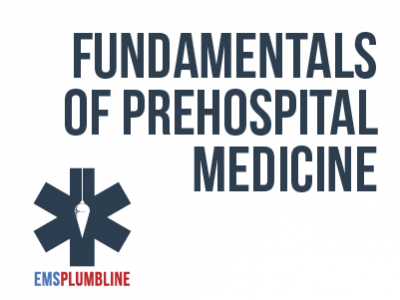 |
Prehospital Tracheostomy Care for the BLS Provider |
1.00 |
One of the most intimidating events for a BLS provider is the 911 call for a pediatric patient with a difficult airway. Dr. Christopher Harmon and Paramedic Kuo Downing Reese discuss the challenging topic of the emergent airway and tracheostomy management in the prehospital setting.
Final Exam: This multiple-choice exam is designed to test your knowledge of the material you just reviewed. You have two attempts to gain an 80% or higher on this exam. Please take your time and answer each question carefully. |
 |
Preparing Workplaces for Pandemic Flu |
0.25 |
This course covers the basic knowledge of what the pandemic flu is, and how you can keep yourself, your family, and your workplace safe and healthy. |
 |
Presentation Methods and Debriefing Activities |
2.00 |
There is no "one size fits all" approach to working with children and youth, and this is especially true when it comes to how we present and debrief activities. During this course, participants will understand the importance of the delivery and debriefing of an activity to help children and youth make meaning, as well as some specific methods that can be incorporated into the program right away. |
 |
Presentations: Delivering Your Presentation |
0.75 |
This course covers how to make a good first impression to establish rapport and credibility with your audience and how to motivate yourself to do your best. You will also learn how to deal with your anxiety and nervousness during a presentation and use a variety of voice and body techniques to convey your message. |
 |
Presentations: Developing Your Presentation |
0.75 |
This course covers how to write a closing and opening as well as how to develop and design the body of your presentation. You will also learn how to move smoothly from point to point by using transitions and practice your presentation by rehearsing and handling changes and goofs. |
 |
Presentations: Introduction to Public Speaking |
0.75 |
This course covers how to identify the characteristics of effective communication during a presentation. You will also learn how to work through your fears and anxieties when speaking publicly and communicate effectively to your audience. |


























